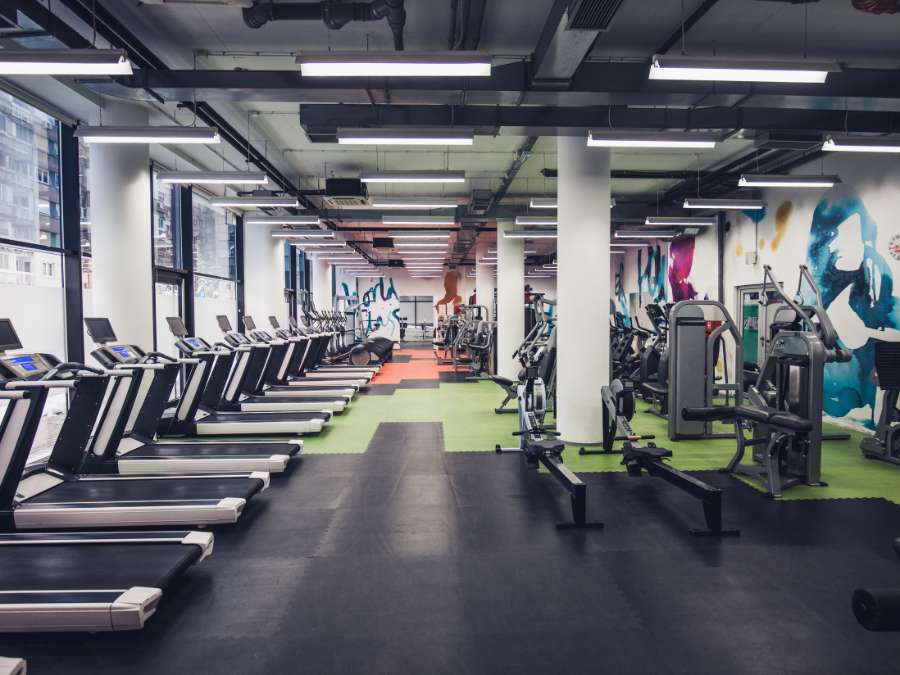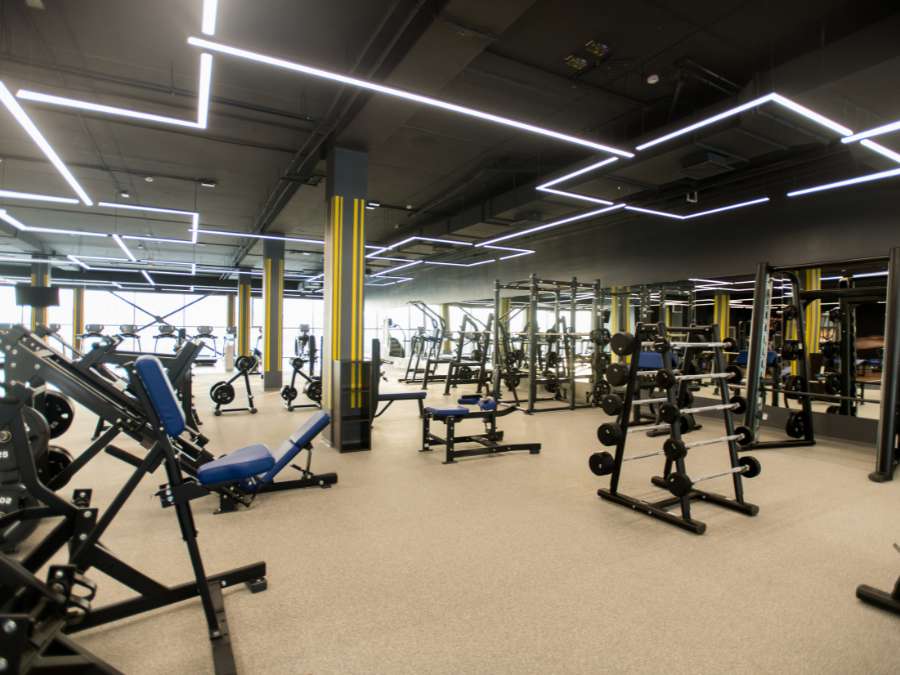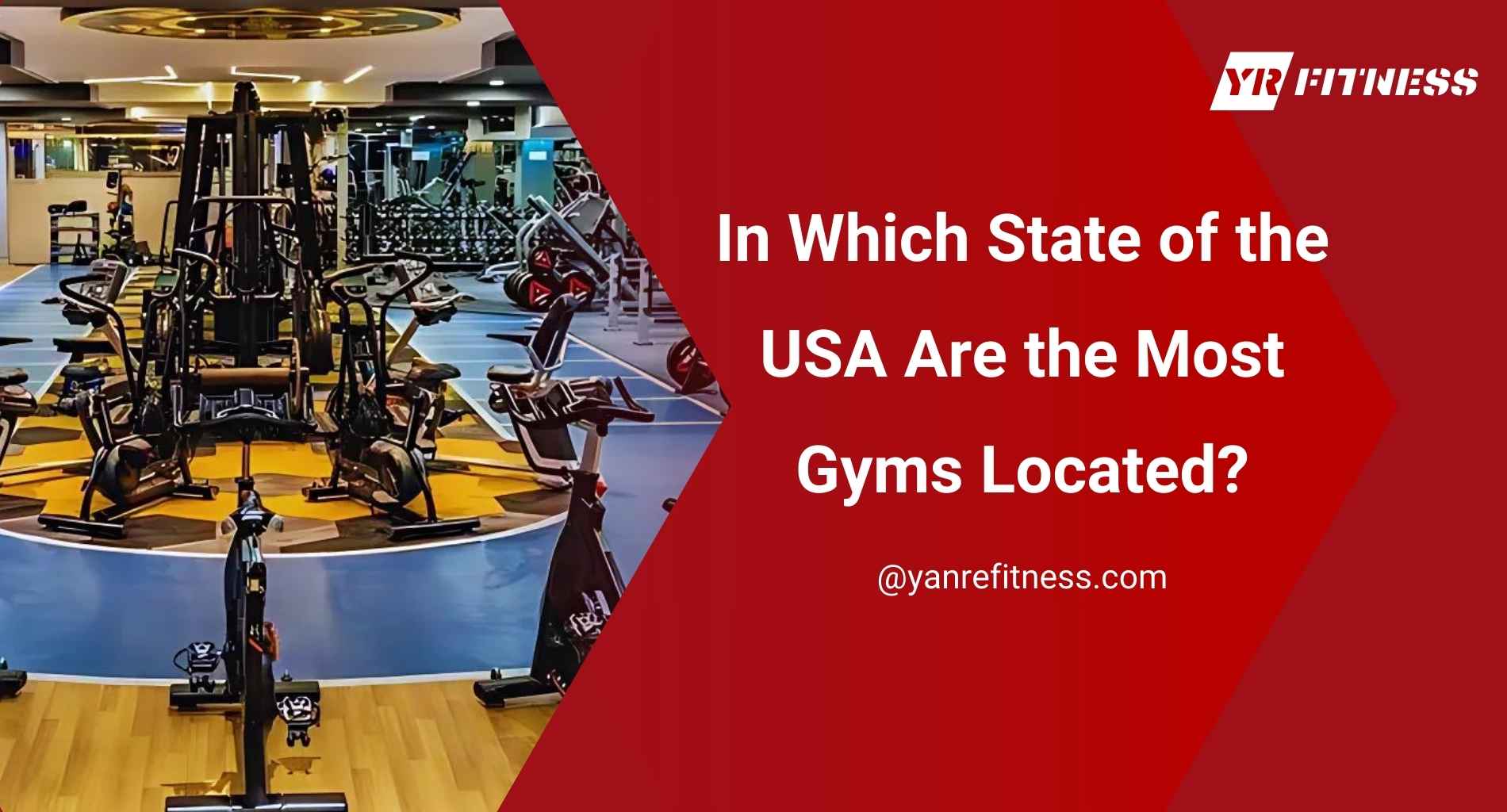Ever wondered which state in the USA has the highest number of gym facilities? California takes the lead with the highest number of gyms, making it the go-to place for fitness lovers.
As a gym industry expert, I often see how geography plays a role in fitness trends and gym density.
Do not worry, understanding the factors behind gym locations can help you make better business decisions.
In this guide, we’ll break down which states have the most gyms and why they’re popular. You’ll learn how this impacts both gym owners and members.
So let’s get started!
Table of Contents
1. The Rise of Gym Culture in the USA
Gym culture in the USA has grown rapidly over the past few decades. People across the country have become more focused on fitness, with gyms becoming a central part of daily routines. This rise is fueled by increasing awareness of health benefits, the influence of social media, and a broader interest in wellness.
Here’s the interesting part, in cities and towns alike, gyms are popping up everywhere, catering to different fitness levels and interests. From traditional weightlifting to high-intensity interval training, there’s something for everyone. As fitness trends evolve, more people embrace an active lifestyle, making gyms an essential space for both physical and mental well-being.

2. Methodology: How We Determined the State with the Most Gyms
To determine which state has the most gyms, several factors were carefully analyzed. This methodology takes into account various data sources and key metrics to offer a clear and accurate result. Here are some methodologies used to be considered in the process:
- Gym Density Per Population: This factor looks at the number of gyms relative to the state’s population. A higher gym density indicates a greater focus on fitness in that area. States with larger populations may have more gyms overall, but it’s important to consider how evenly gyms are distributed.
- Total Number of Registered Gyms: The total count of registered fitness facilities in each state is a core metric. This data gives an idea of the overall availability of gyms. I guess facilities that register often showcase their commitment to quality, frequently sourcing high-standard equipment from trusted brands like YR Fitness, which helps them offer top-notch workout experiences to their members.
- Growth Rate of Gym Openings: This metric examines how fast gyms are opening in each state. A high growth rate points to increasing interest in fitness and wellness. States with expanding populations or economic growth often show a surge in new gym establishments, meeting the demand of active communities.
- Membership Rates: Membership rates provide insight into how many people are actively using gym services. This data helps measure not just how many gyms exist, but how engaged the community is with fitness. High membership rates often reflect a strong fitness culture in that state.

3. Criteria for Counting Gyms
When counting gyms, several specific criteria are used to make the data consistent and reliable. These factors help define what qualifies as a gym and what does not. Here are the main criteria considered:
- Type of Facility: Only commercial gyms that offer fitness equipment, classes, and memberships are included. This excludes private home gyms or corporate fitness centers that are not open to the public. The focus is on businesses that serve a general population of fitness enthusiasts.
- Operating Status: Only gyms that are currently open and operational are counted. Facilities that have permanently closed or are temporarily shut down for renovations or other reasons are not considered. This helps keep the data accurate and up to date.
- Membership Model: Gyms that operate with a membership model are prioritized in this count. This includes traditional gyms, fitness clubs, and boutique studios. Facilities that do not offer memberships, such as recreational centers or temporary pop-up gyms, are excluded from the count.
- Location Accessibility: The gym must be located in a commercially accessible area. This means it should be in a spot that the public can easily visit, like a shopping center or a standalone building. Gyms located in restricted or private locations are not included in this analysis.
- Certifications and Accreditations: Including only gyms that have recognized certifications such as those from the International Health, Racquet & Sportsclub Association (IHRSA) or the American College of Sports Medicine (ACSM). Also, checking if the gym equipment holds the highest industry standards, like YR Fitness , which holds ISO20957.
- Variety of Services: Facilities that offer a range of services, such as weightlifting, cardio, group classes, and personal training, are counted. Please take note that gyms that specialize only in one activity, like yoga or martial arts, are excluded, as they do not provide the broader range of fitness services expected in a commercial gym.

4. Top 7 States with the Most Gyms
Certain states in the U.S. stand out for having a higher number of gyms due to growing fitness demand. These states often reflect large populations, strong fitness cultures, or economic growth. Here are the top 7 states with the most gyms:
California
California leads with the most gyms, driven by its large population and strong health-conscious culture. Cities like Los Angeles and San Francisco have numerous fitness centers catering to various workout preferences, from traditional gyms to boutique fitness studios.
Texas
Texas comes in second, with its major cities like Houston, Dallas, and Austin contributing to the high number of gyms. The state’s rapid population growth and interest in fitness have made it a top contender for gym expansion, with many facilities offering diverse services.
Florida
Florida’s year-round warm weather supports its high gym count, as people maintain an active lifestyle throughout the year. With major cities like Miami and Orlando, the state has a large number of fitness centers focused on both traditional gyms and specialized fitness options.
New York
New York boasts a high concentration of gyms due to its dense population. The variety of fitness facilities ranges from high-end gyms to more affordable options, making it a popular state for gym-goers looking for convenience and variety.
Illinois
Illinois, particularly in Chicago, has a strong gym culture. With a mix of national fitness chains and boutique studios, the state offers many options for residents looking to stay fit. The urban setting supports a growing fitness community with easily accessible gym locations.
Georgia
Georgia has seen steady growth in the fitness industry, especially in Atlanta, where gyms are becoming more widespread. And on top of that, the state’s population increase has led to the rise of fitness centers, providing various options for strength training, cardio, and group classes.
Arizona
Arizona’s warm climate encourages an active lifestyle, contributing to its large number of gyms. Cities like Phoenix and Scottsdale are home to a wide range of fitness centers, from large commercial gyms to smaller, more specialized facilities that cater to diverse fitness needs.
5. Factors That Influence the Number of Gyms in a State
Several factors contribute to the number of gyms found in different states across the U.S. Each factors plays a crucial role in shaping the fitness landscape in a given region. Here are the main factors:
- Population Density: States with higher population densities tend to have more gyms. For example, cities with many offices often see more gyms because workers want fitness options near their job or home. Gym owners benefit from having access to a concentrated population seeking convenient workout options.
- Economic Growth: States with strong economic conditions generally see a higher number of gyms. When residents have more disposable income, they are more likely to invest in fitness memberships and personal training services. Economic growth also attracts gym franchises and new fitness startups. In fact, according to Statista, fitness industry contributed over $35 billion to the U.S. economy in 2021, showcasing its significant economic impact.
- Urbanization: Highly urbanized states often house more gyms than rural areas. Urban areas tend to attract younger, working professionals who prioritize fitness and convenience. The proximity of gyms in urban settings makes it easier for people to integrate gym visits into their daily routines.
- Fitness Culture: Some states have a more health-conscious culture, contributing to a higher number of gyms. States like California and Colorado, known for their active lifestyles, typically have more fitness centers to cater to residents’ demand for exercise options and wellness activities.
- Climate: States with favorable weather conditions tend to encourage an active lifestyle, leading to more gyms. For example, warmer climates, like those in Florida and Arizona, promote outdoor activities and year-round fitness habits, which can lead to an increased interest in gym memberships.
Conclusion
In conclusion, the state with the most gyms in the USA highlights the growing demand for fitness and health services. By understanding the factors behind this trend, gym owners and fitness enthusiasts can better position themselves in this thriving industry. Whether expanding a current facility or starting a new venture, knowing where the most gyms are located can provide valuable insights for future growth.
We hope this guide has helped shed light on the gym landscape across the U.S. If you’re a gym owner looking for high-quality gym equipment beyond the USA, YR Fitness can help. Contact us today to explore how we can support your business!
Related articles:





